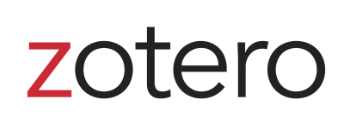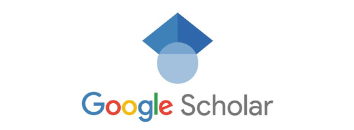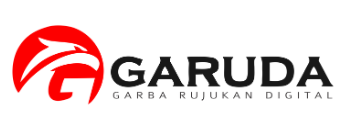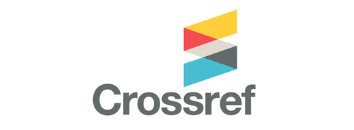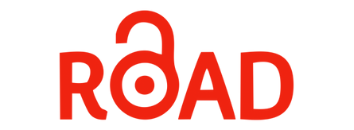Indonesian Tourism Demand Forecasting using Time Series Approach to Support Decision Making Process
DOI:
https://doi.org/10.24002/kinerja.v23i2.1970Abstract
Tourism industry is always growing dan uphold an important role in national economy as the second largest portion of foreign exchange contributor, as well as its role in national employment. In improving tourism industry, forecasting is needed to anticipate the perishable nature of tourism. Therefore, an accurate forecasting is needed as the baseline of strategic resource planning in order to maximize the utilization dan efficiency of the available resources. The objective of this research is to build an accurate model that is able to forecast Indonesian tourism demand. This research use ARIMA algorithm to forecast the arrivals of tourist. The result of this paper is a time-series model for tourist arrivals in Indonesia
Keywords: Tourism, Demand Forecasting, ARIMA, Indonesia.
References
REFERENCES
Box, G. E., & Jenkins, G. M. (1976). Time series analysis: Forecasting and control. San Francisco: Holden-Day Inc.
Burger, C. J., Dohnal, M., Kathrada, M., & Law, R. (2001). A practitioners guide t time-series methods for tourism forecasting - a case study of Durban, South Africa. Tourism Management, 403-409.
Butt, R. (2016, 7 31). Wall Street's Big Investors are Pilling into Tourism. Retrieved from Business Insider: http://www.businessinsider.sg/private-equity-firms-piling-into-tourism-investment-2016-7/
Chen, C. F., & Lai, M. C. (2012). Forecasting Tourism Demand based on Empirical Mode Decomposition and Neural Network. Knowledge-Based Systems, 281-287.
Chopra, S., & Meindl, P. (2016). Supply Chain Management: Strategy, Planning, and Operation. Boston: Pearson.
Claveria, O., & Torra, S. (2014). Forecasting tourism demand to Catalonia: Neural networks vs. time series model. Economic Modelling, 220-228.
Constantino, H., Fernandes, P., & Teixeira, J. (2016). Tourism demand modelling and forecasting withartificial neural network models: The Mozambiquecase study. TÉKHNE - Review of Applied Management Studies, 14(2), 113-124.
Contantino, J. P., Fernandes, H., & Teixeira, P. (2016). Tourism Demand Modelling and Forecasting with Artificial Neural Networks Models: The Mozambique Case Study. Tekhne, 113-124.
Frechtling, D. C. (2001). Forecasting Tourism Demand: Methods and Strategies. Oxford: Butterworth-Heinemann.
Goeldner, C. R., & Ritchie, J. R. (2009). Tourism Principles; Practices; and Philosophies. New Jersey: John Wiley & Sons.
Indonesian Ministry of Tourism. (2017). The Ministry of Tourism Performance Accountability Report. Jakarta: Indonesian Ministry of Tourism.
Indonesian Statistic Bureau (BPS). (2018). Indonesian Economic Report 2018. Jakarta: Badan Pusat Statistik.
K, I. B., Jayanegara, K., & Kencana, I. P. (2013). Komparasi Metode ANFIS dan Fuzzy time series Kasus Peramalan Jumlah Wisatawan Australia ke Bali. E-Jounal Matematika, 18-26.
Lestari, M., & Wahyuningsih, N. (2012). Peramalan Kunjungan Wisata dengan Pendekatan Model SARIMA. Jurnal Sains dan Seni ITS, 29-33.
Peiris, H. R. (2016). A Seasonal ARIMA Model of Tourism Forecasting: The Case of Sri Lanka. Journal of Tourism, Hospitality and Sports, 98-109.
Pender, L., & Sharpley, R. (2005). The Management of Tourism. London: SAGE Publication.
Petrevska, B. (2017). Predicting tourism demand by A.R.I.M.A. models. Economic Research-Ekonomska Istraživanja, 939-950.
Witt, S. F., & Witt, C. A. (1995). Forecasting Tourism Demand: A Review of Empirical Research. International Journal of Forecasting, 11, 447-475.
World Travel & Tourism Council. (2017). Travel & Tourism Economic Impact 2017: Indonesia. New York: World Travel & Tourism Council.



